Asexual reproduction is a fascinating biological process where offspring are produced from a single parent without the involvement of gametes or mating. This form of reproduction is commonly found among various plant species, but it also occurs in some animals, enabling them to reproduce efficiently and rapidly in stable environments.
Through methods such as parthenogenesis, budding, and fragmentation, animals that reproduce asexually can maintain or even increase their populations without the need for mates. This Top 10 Animals That Reproduce Without Mating offers several advantages, such as allowing species to colonize new habitats quickly and ensuring survival when mates are scarce.
Animals That Reproduce Asexually
However, it also presents challenges, primarily the lack of genetic diversity, which can make these species more vulnerable to diseases and environmental changes. Despite these challenges, many animals thrive through asexual reproduction, showcasing the incredible adaptability of life on Earth.
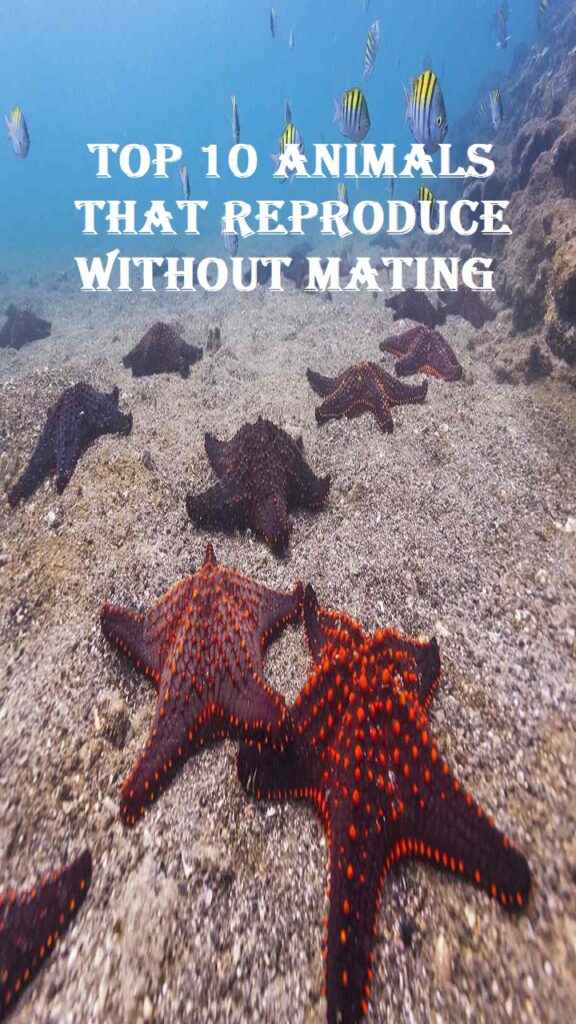
From microscopic organisms like rotifers to larger species like the Komodo dragon, asexual reproduction is a key survival strategy that highlights the diverse and complex ways life can sustain itself in various environments.
10 Animals That Reproduce Without Mating
Here are the top 10 animals that reproduce without mating, known as asexual reproduction:
- Komodo Dragon – Komodo dragons, the largest living lizards, are capable of parthenogenesis, a form of asexual reproduction. In the absence of a male, a female Komodo dragon can lay fertile eggs that develop into offspring. This occurs because the eggs undergo a process called automixis, which allows them to develop into embryos. However, the resulting offspring are always male due to the species’ sex chromosome system, which plays a key role in their survival and genetic diversity.
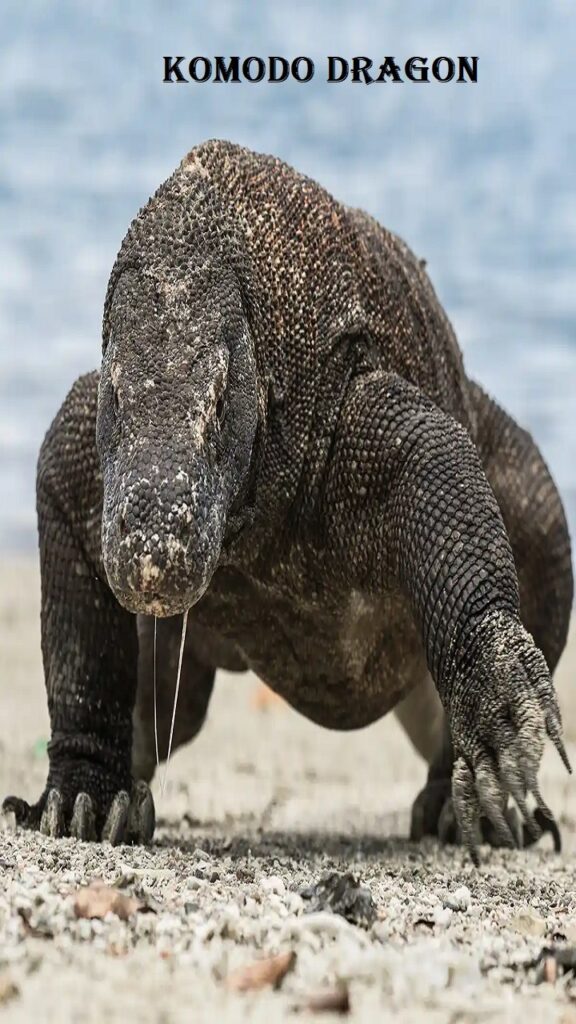
- New Mexico Whiptail Lizard – The New Mexico whiptail lizard is a fascinating all-female species that reproduces through parthenogenesis. No males are needed for reproduction; instead, the females lay unfertilized eggs that develop into clones of themselves. This reproductive strategy allows them to thrive in harsh environments where finding a mate would be difficult. Despite the lack of genetic diversity, these lizards have adapted remarkably well, demonstrating the effectiveness of asexual reproduction in certain ecological niches.
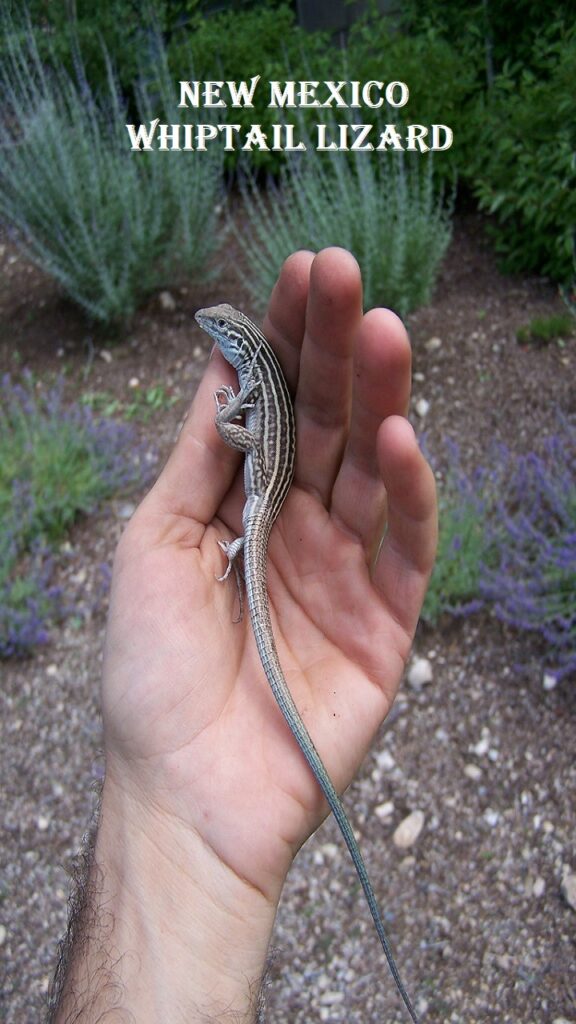
Animals That Can Reproduce Without A Mate
- Bdelloid Rotifer – Bdelloid rotifers are microscopic, freshwater-dwelling animals known for their long-term asexual reproduction. They have been reproducing asexually for millions of years without any genetic mixing. Bdelloid rotifers reproduce by producing eggs that develop into new individuals without fertilization. Despite the lack of sexual reproduction, these tiny creatures maintain genetic diversity through a unique process: they can incorporate foreign DNA from their environment, allowing them to adapt to changing conditions effectively.
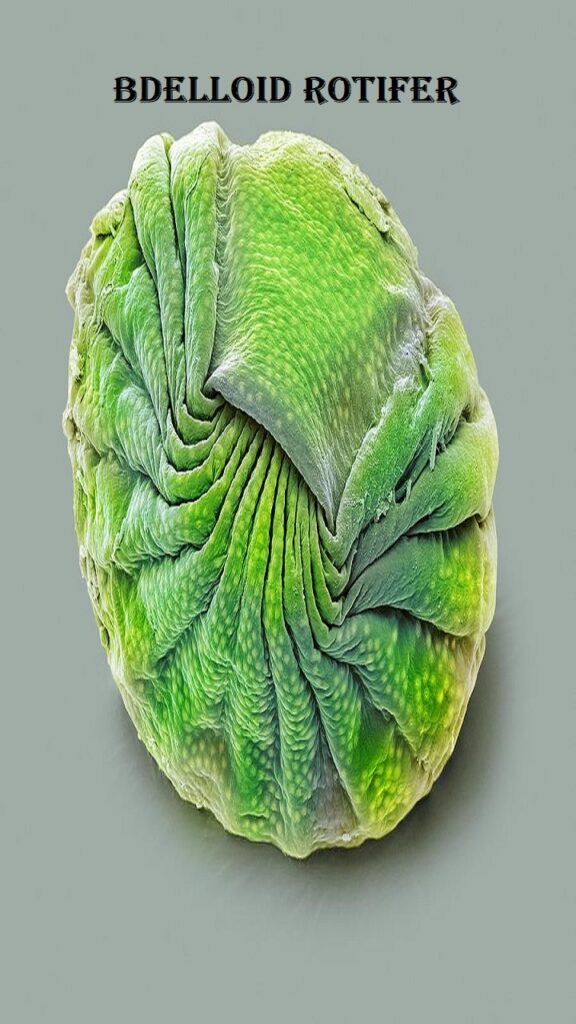
- Marbled Crayfish – Marbled crayfish, or marmorkrebs, are unique in that they reproduce solely through parthenogenesis. Every marbled crayfish is female and can produce eggs that develop into genetically identical offspring. This crayfish is particularly noteworthy because it is the only known species of decapod crustacean to reproduce in this manner. Originating as a mutation, marbled crayfish can rapidly reproduce and have become an invasive species in many parts of the world due to their ability to colonize new habitats quickly.
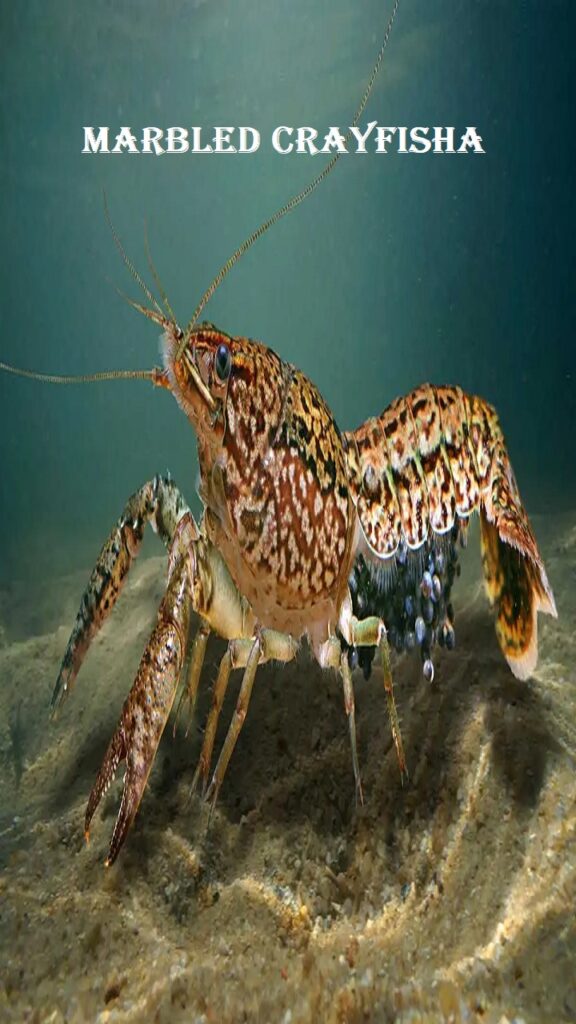
Fascinating Animals That Reproduce Asexually
- Amazon Molly – Amazon mollies are a species of freshwater fish that reproduce via gynogenesis, a form of asexual reproduction requiring the presence of sperm but not its genetic contribution. Female Amazon mollies mate with males of closely related species, but the sperm only triggers egg development without fertilizing it. This results in offspring that are clones of the mother. Despite their reliance on males for reproductive cues, Amazon mollies do not incorporate any male DNA, preserving their asexual reproductive mode.
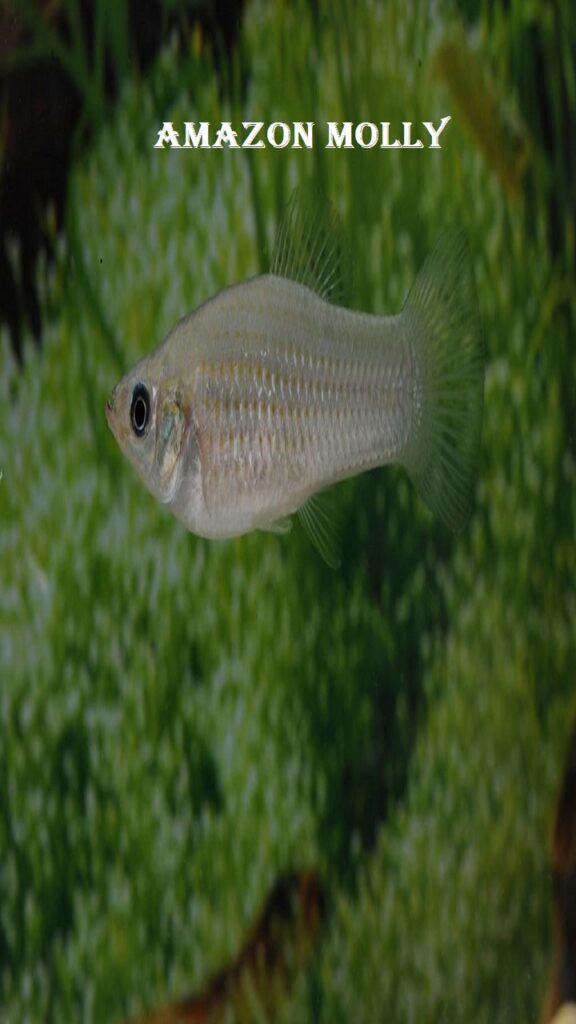
- Aphids – Aphids are small sap-sucking insects that can reproduce both sexually and asexually, depending on environmental conditions. During favorable conditions, female aphids reproduce asexually through parthenogenesis, giving birth to live offspring that are clones of themselves. This ability allows aphid populations to increase rapidly, taking advantage of abundant food sources. When conditions become less favorable, aphids may switch to sexual reproduction, which produces eggs that can survive harsh conditions, ensuring the species’ survival.
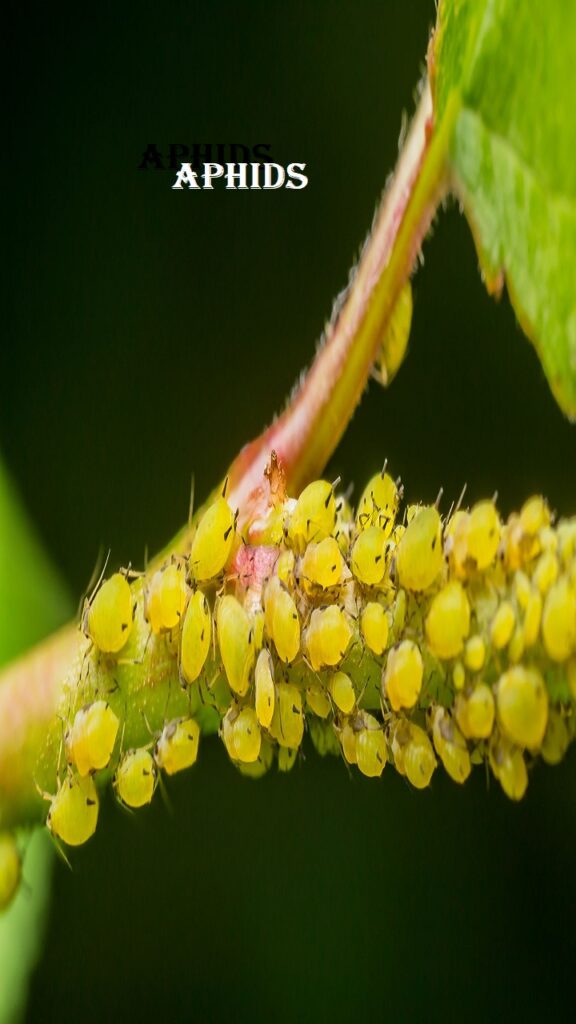
Parthenogenesis Animals
- Hydra – Hydra, a small, freshwater organism, can reproduce both sexually and asexually. Asexual reproduction occurs through budding, where a small version of the hydra grows out of the parent’s body and eventually detaches to become an independent organism. This method allows hydra to quickly increase their population size when conditions are optimal. Hydra are also remarkable for their regenerative abilities, being able to reform their entire body from small fragments, making them a model organism for studying regeneration and asexual reproduction.
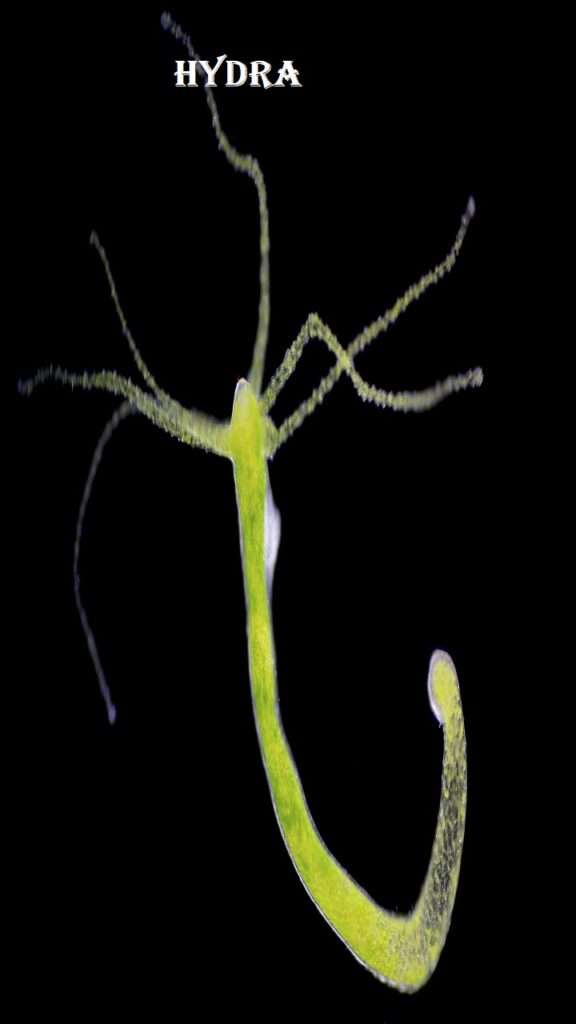
- Sea Anemones – Sea anemones are marine animals capable of both sexual and asexual reproduction. Asexual reproduction in sea anemones typically occurs through binary fission, where the animal splits into two individuals, or through pedal laceration, where small parts of their base break off and develop into new anemones.
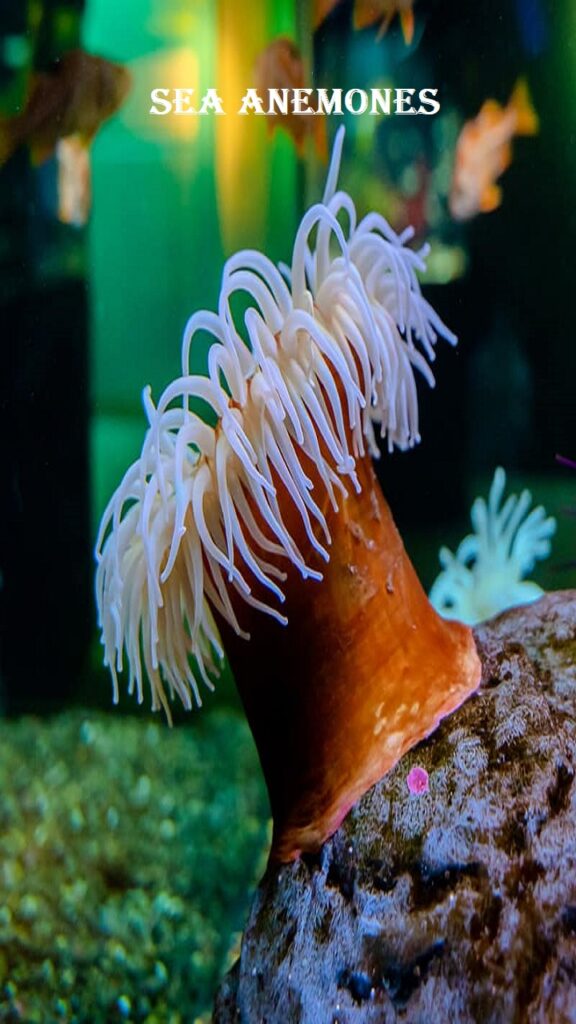
This asexual mode of reproduction allows sea anemones to rapidly colonize new areas, making them resilient inhabitants of coral reefs and other marine environments. Their ability to reproduce asexually contributes to the health and diversity of reef ecosystems.
Animals That Have Virgin Births
- Starfish – Starfish are well-known for their regenerative abilities, which play a key role in their asexual reproduction. Many starfish can reproduce by fragmentation, where a part of the starfish, such as an arm, detaches from the main body and regenerates into a complete individual.
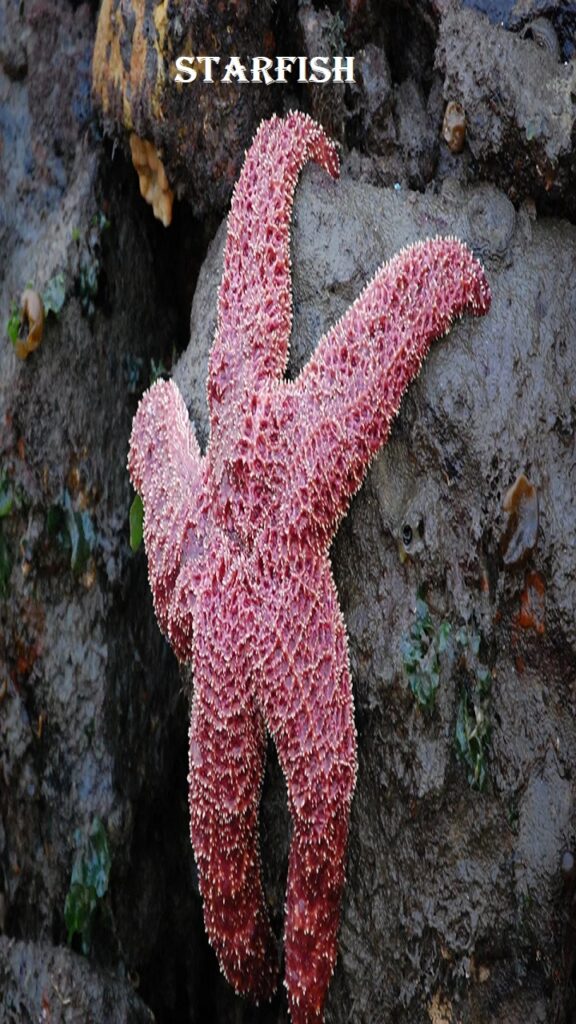
This ability not only aids in population growth but also helps starfish survive predation. If a predator attacks and only part of the starfish is consumed. The remaining fragment can regenerate, ensuring the survival and propagation of the species.
- Bristlecone Pine – Bristlecone pine trees, among the oldest living organisms on Earth, reproduce asexually through a process called layering. Branches that come into contact with the ground can take root and grow into new trees, genetically identical to the parent.
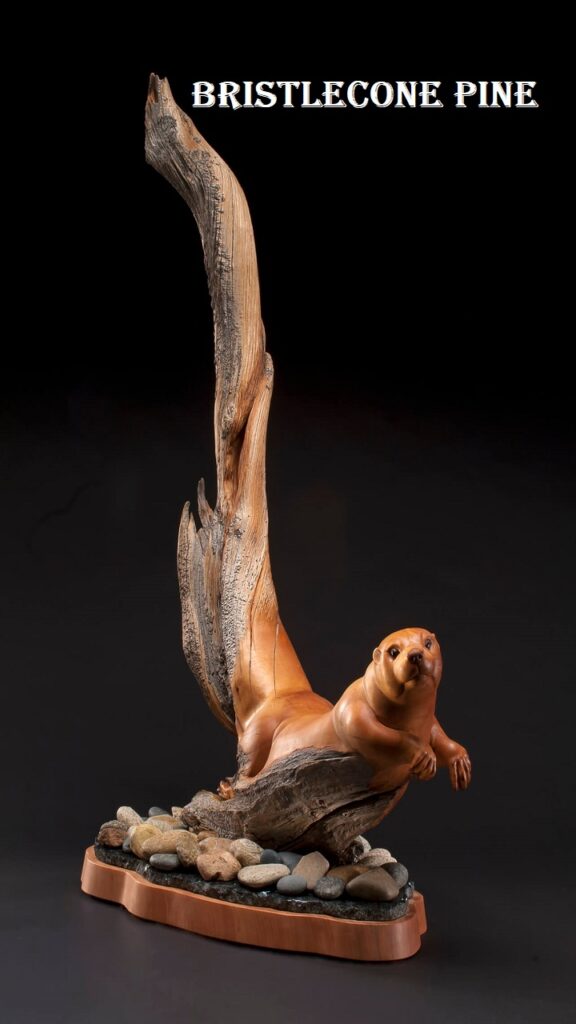
This form of vegetative reproduction allows bristlecone pines to survive in harsh, high-altitude environments where seedling establishment is challenging. Layering enables these ancient trees to maintain their populations over millennia, contributing to their longevity and resilience.
Conclusion
Asexual reproduction is a remarkable survival strategy that allows certain animal species to thrive in environments where finding a mate may be challenging. While it limits genetic diversity, which can make species more vulnerable to changes and diseases, asexual reproduction ensures rapid population growth and resilience. This reproductive method highlights the adaptability of life, showcasing how different species have evolved unique ways to sustain their existence across diverse ecosystems.
Contents





